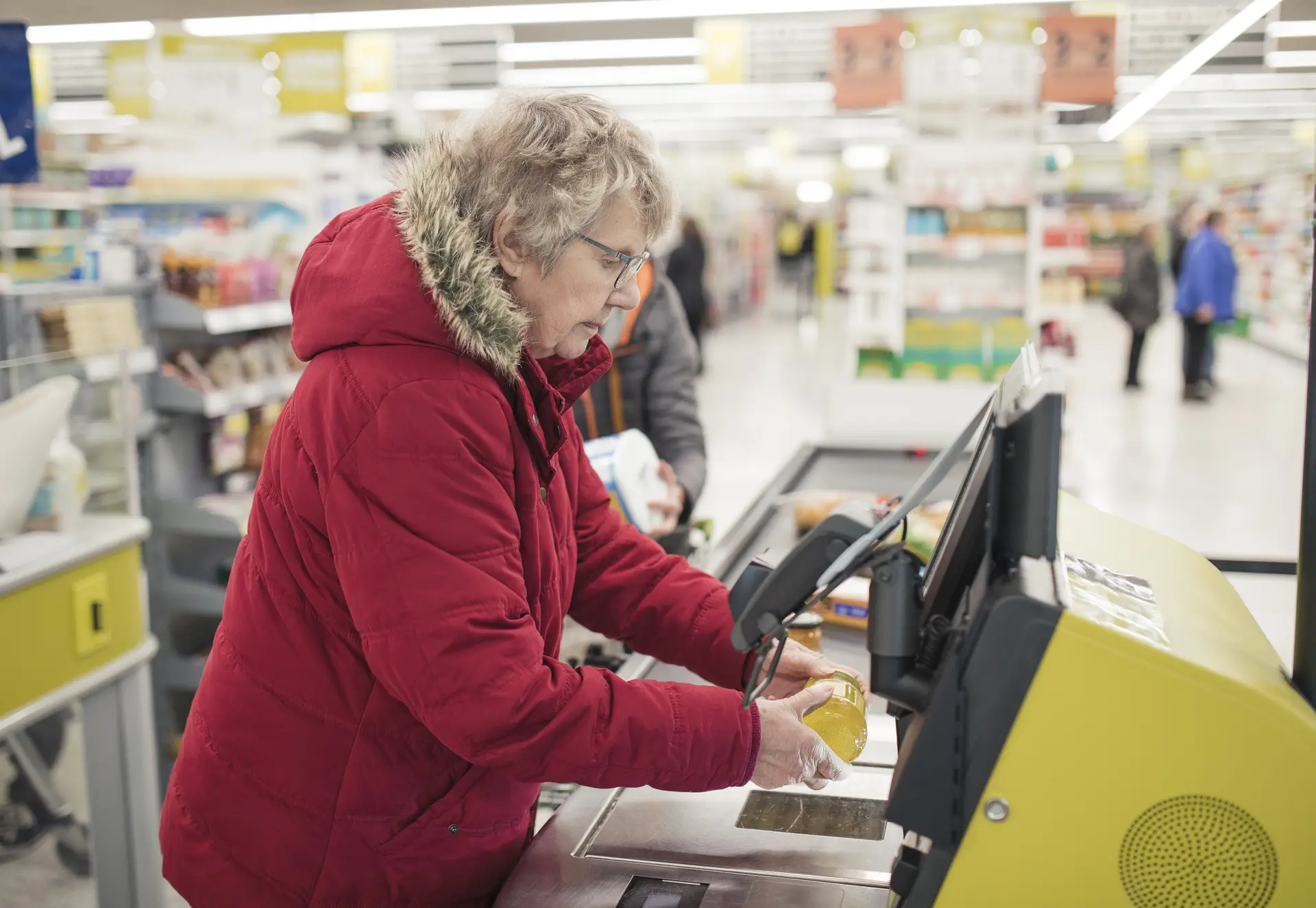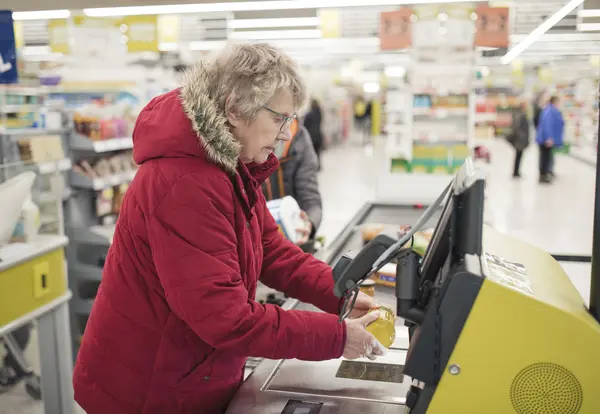
The Global Reinvention of Retail
How Self-Checkout Reflects Cultural and National Differences
Self-checkout isn’t just a retail technology innovation — it’s a mirror reflecting each nation’s social structure, labor costs, and cultural habits. Around the world, its adoption has taken remarkably different paths, shaped by local priorities and conditions.
United States: The Birthplace of Self-Checkout
The concept of self-checkout first emerged in the U.S. back in the 1980s, when retailers faced rising labor costs and growing pressure to streamline operations. Giants like Walmart and Kroger led the charge, viewing self-checkout as a way to save money and ease congestion during peak hours.
In America, the movement was largely cost-driven, and it remains the world’s largest market for self-checkout systems today. Efficiency and bottom-line impact were the main motivators — not necessarily customer preference.
China: Mobile Payments and the Rise of “Unmanned Retail”
China took a different path. Rather than relying on traditional self-checkout kiosks, Chinese retailers built their automation around a mature mobile payment ecosystem led by Alipay and WeChat Pay. This payment-driven model gave rise to innovations like scan-and-go shopping and unmanned stores, where the smartphone effectively replaces the checkout counter.
Fueled by consumers’ exceptional comfort with mobile payments, this ecosystem has transformed not only checkout but the entire retail experience.
Europe: Regulations, Labor Unions, and Cultural Nuances
Europe presents a patchwork of approaches to self-checkout — heavily shaped by labor laws, union influence, and social attitudes toward automation.
In the U.K., supermarkets like Tesco and Sainsbury’s were early adopters, prioritizing speed and efficiency. The U.K. remains one of Europe’s most enthusiastic markets for self-checkout.
Germany, however, has taken a more cautious stance. Strong labor unions, strict employment regulations, widespread cash use, and cultural preferences for personal service have slowed adoption. Retailers like Aldi and Lidl have been far more conservative, highlighting a regulation- and labor-driven model where social values often outweigh pure efficiency 1.
South Korea: Technology and Convenience Above All
Like Japan, South Korea faces declining birth rates and labor shortages — and it has turned to technology for answers. Retailers there have embraced facial recognition and “invisible payment” systems that allow customers to complete purchases without lifting a finger.
This reflects South Korea’s strong cultural embrace of innovation and convenience — viewing automation not as a threat, but as a national advantage in productivity and efficiency.
Related Article: From Long Lines to Loyal Customers: How AI Won Hearts at SO ALL TOO BAKERY
Japan: The Intersection of Labor Shortage and Social Norms
Japan’s adoption of self-checkout came later than America’s, but its growth has been explosive. According to the Japan Supermarket Association, the number of retailers introducing self-checkout systems has tripled in recent years 2, bringing self-checkout closer to being a standard feature in supermarkets and drugstores alike.
1. A Survival Strategy Amid Labor Shortages
As one of the most aged societies on Earth, Japan faces chronic labor shortages across all sectors. For retail — a labor-intensive industry — maintaining staffed checkout counters has become increasingly difficult.
In this context, self-checkout — especially semi-automated cash-handling kiosks — is no longer just a cost-saving measure; it’s a survival mechanism. By automating routine tasks, retailers can focus limited staff on areas that truly need human attention, such as stocking, fresh food handling, and customer assistance.
2. Cultural and Behavioral Drivers
Japan’s cultural ethos of not inconveniencing others (hito ni meiwaku o kakenai) also fuels adoption. Many shoppers prefer to handle checkout themselves rather than risk holding up a line or troubling staff.
Self-checkout satisfies the desire for independence and efficiency while allowing for a socially comfortable, low-interaction shopping experience. Add to that Japan’s long-standing trust in automation — from vending machines to bullet trains — and it’s no surprise consumers readily accept automated retail systems.
3. The Challenges of Rapid Adoption
Still, the transition hasn’t been frictionless. While younger and working-age consumers love the convenience, many elderly shoppers struggle with touchscreens, barcode scanners, and payment interfaces — preferring to wait in longer lines for human cashiers.
Some also criticize the system as turning customers into “free labor,” arguing that they’re doing the store’s work without any benefit. And ironically, when many shoppers need help, the “self-service” line can end up moving slower than traditional checkout — a reminder that technology and society don’t always evolve at the same pace.
Related Articles:
Beyond Technology: The Social Intelligence of Automation
The global evolution of self-checkout reveals more than just different approaches to retail technology — it exposes how societies balance efficiency, regulation, and human interaction.
At its core, self-checkout sits on a spectrum between efficiency and empathy, cost and service. The next stage — whether through invisible payments, AI-assisted tools, or elderly-friendly interfaces — will test not just how advanced technology can become, but how wisely societies can integrate it.
Automation, after all, isn’t just about machines replacing people. It’s about people redefining what service means in an age of intelligent retail.
Related Articles:

[References]
1 “Will Germany ever embrace self-checkouts?” Deutsche Welle. https://www.dw.com/en/will-supermarkets-in-germany-ever-embrace-self-checkouts/a-54873539.
2 〈スーパー・コンビニで急速に普及するセルフレジ、なんとかならないか? 客は「自分で会計しても同じ料金なのは納得いかない」、店側も「結局、有人レジに長い列」で双方から不満の声〉マネーポストWEB。https://www.moneypost.jp/1246557.

